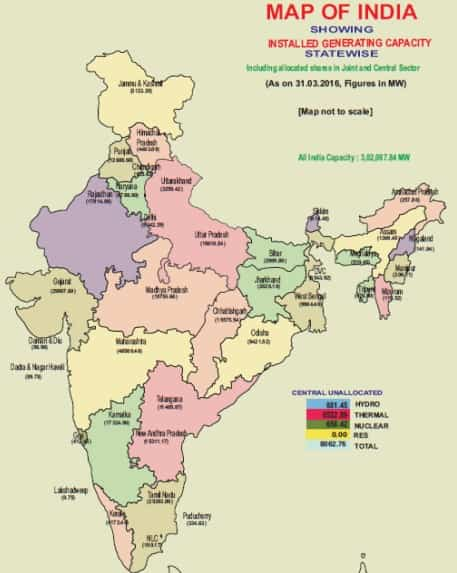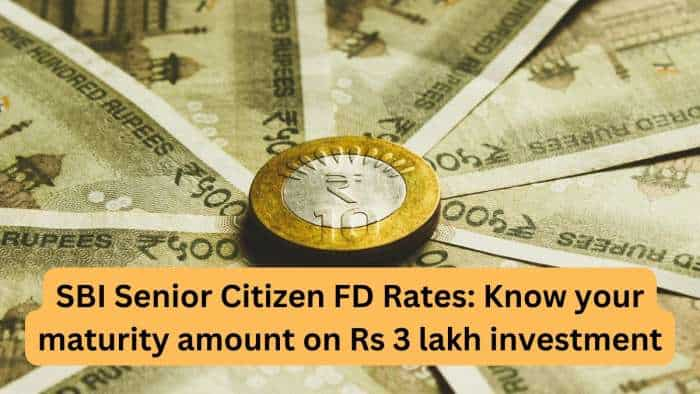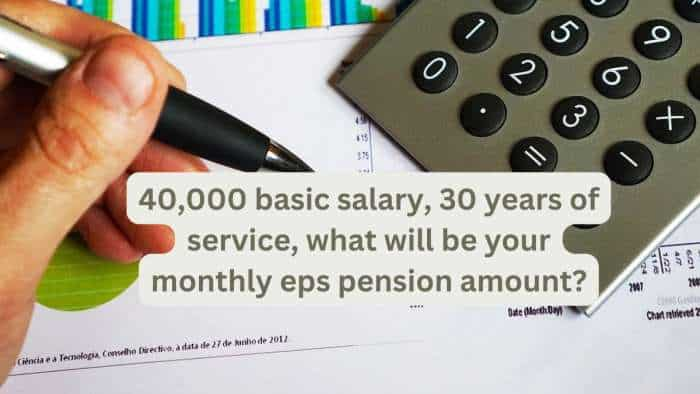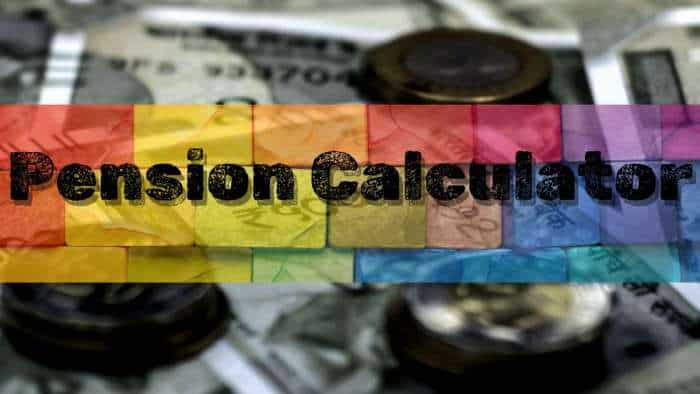Air-conditioner sales sizzle in India's scorching summer

Fifteen years from now government think tank NITI Aayog has envisaged that nearly all Indian households to have toilets, two-wheelers or cars and ACs.
This taking into account that in 2016 nearly 300 million Indians did not have electricity.
Meanwhile, Indians are buying air-conditioners at a pace faster than ever. Partly due to the higher disposable income and also due to the scorching summer year after year.
Currently, only 4-5% households in India currently have ACs and this is expected to grow 15% each year to reach 7.2 million by FY20, Ankur Sharma and Amit Shah of Motilal Oswal said on 24 April.

With mercury in many cities in the country already touching over 40 degree Celsius, shares of companies making white goods like ACs have seen quite a bit of an upswing over the past two months.
In February, when temperatures started rising from the previous months Mumbai AC sales registered a 15-20% jump.
Although Indian households go for cheaper 3-star rated ACs which account for 60% of market sales of overall AC sales in India there has been a rising demand for 'inverter' or energy efficient ACs.
“Increasing range of energy-efficient ACs, which addresses the Indian consumers’ concerns about high electricity bills,” Sharma and Shah wrote.
Prices for a 1 ton AC, which cools approximately 120-140 sq ft, of different brands ranges between 26,000-30,000.
With an increased focus on power saving the Motilal Oswal report said that a higher range and models of inverter ACs have been pouring into the market with each brand trying to be ‘energy efficient.’
“R410A refrigerant gas being used in ACs as an alternative to the ozone damaging R22 gas. The R22 gas has to be phased out by 2030, but the industry intends to completely switch to R410 by FY20 itself,” the report said.
“Growth is expected to be driven by rising penetration of ACs, higher disposable income, growing urbanisation and the year-round AC usage trend. In our view, ACs could be one of the largest discretionary items in India over next few years,” the report said.
Air conditioners along with water heaters are high wattage appliances. A one ton AC can consume maximum wattage of 1300 Watts or 1.3 kW. Whereas a two ton AC can consumer a maximum of 2500 Watts or 2.5 kW, as per the data given by Bijli Bachao.
AC consume about up to 2 units of electricity in an hour in comparison a ceiling fan would consume only 1 unit.
In 2016, Ministry of Statistics and Programme Implementation said that India’s total capacity of power generation was 3,02,087.84 MW.
The generation of electricity by utilities alone was 1,022,614 GW in 2014. Industries consume the most amount of electricity at 43% while domestic consumption mounts up to 22.4%.

Image Source: MOSPI data
The 2016 report further added total Installed capacity of power utilities in the country increased from 132329 MW in 31.3.2007 to 302088 MW as on 31.3.2016, with a CAGR of 8.60% over the period.
Thermal power plants accounted for 73.50% of the installed capacity generation in the country while other renewable resources accounted for 12.62%. MOSPI data revealed that share of Hydro and Nuclear energy was only 12.23% and 1.65% respectively of total installed capacity.
“The total installed capacity for electricity generation in the country has increased from 154664 MW as on 31.03.2007 to 350367 MW as on 31.03.2016, registering a compound annual growth rate (CAGR) of 8.52%,” the report by MOSPI said.
If the population of India is estimated to reach 1.7 billion by 2050, considering the amount of energy consumed per AC and every home to have one, India will have to think of alternate fuels and renewable energy sources sooner than expected.
Get Latest Business News, Stock Market Updates and Videos; Check your tax outgo through Income Tax Calculator and save money through our Personal Finance coverage. Check Business Breaking News Live on Zee Business Twitter and Facebook. Subscribe on YouTube.
RECOMMENDED STORIES

SBI Senior Citizen FD Rates: Want to invest Rs 3,00,000 in SBI FD? You can get this much maturity amount in 1 year, 3 years, and 5 years

EPS Pension Calculation: Rs 40,000 basic salary, 30 years of service, what will be your monthly EPS pension amount?

Retirement Planning: How one-time investment of Rs 11,00,000 can create a Rs 3,30,00,000 retirement corpus

SBI vs PNB vs BoB- 5 year FD Scheme: Which bank can give you higher return on Rs 1 lakh and Rs 2 lakh investment?

Monthly Pension Calculations: Is your basic pension Rs 25,000, Rs 45,000, or Rs 55,000? Know what can be your total pension as per latest DR rates

Income Tax Calculations: Is your annual salary Rs 6.75 lakh, Rs 9.25 lakh, Rs 14.50 lakh, or Rs 18.50 lakh? Know how much tax you will pay in old and new tax regimes
02:26 PM IST









 PLI Scheme for White Goods: 24 Companies selected, Rs 3,516 crore investment committed
PLI Scheme for White Goods: 24 Companies selected, Rs 3,516 crore investment committed ICRA forecasts 20-25% growth for Indian room air-conditioner industry in FY'25
ICRA forecasts 20-25% growth for Indian room air-conditioner industry in FY'25 Voltas AC crosses 2 mn unit sales market in FY24
Voltas AC crosses 2 mn unit sales market in FY24 Subros spurts 14% in two days; here's what's keeping investors upbeat
Subros spurts 14% in two days; here's what's keeping investors upbeat India's electricity demand for ACs to exceed total power consumption of Africa: IEA
India's electricity demand for ACs to exceed total power consumption of Africa: IEA